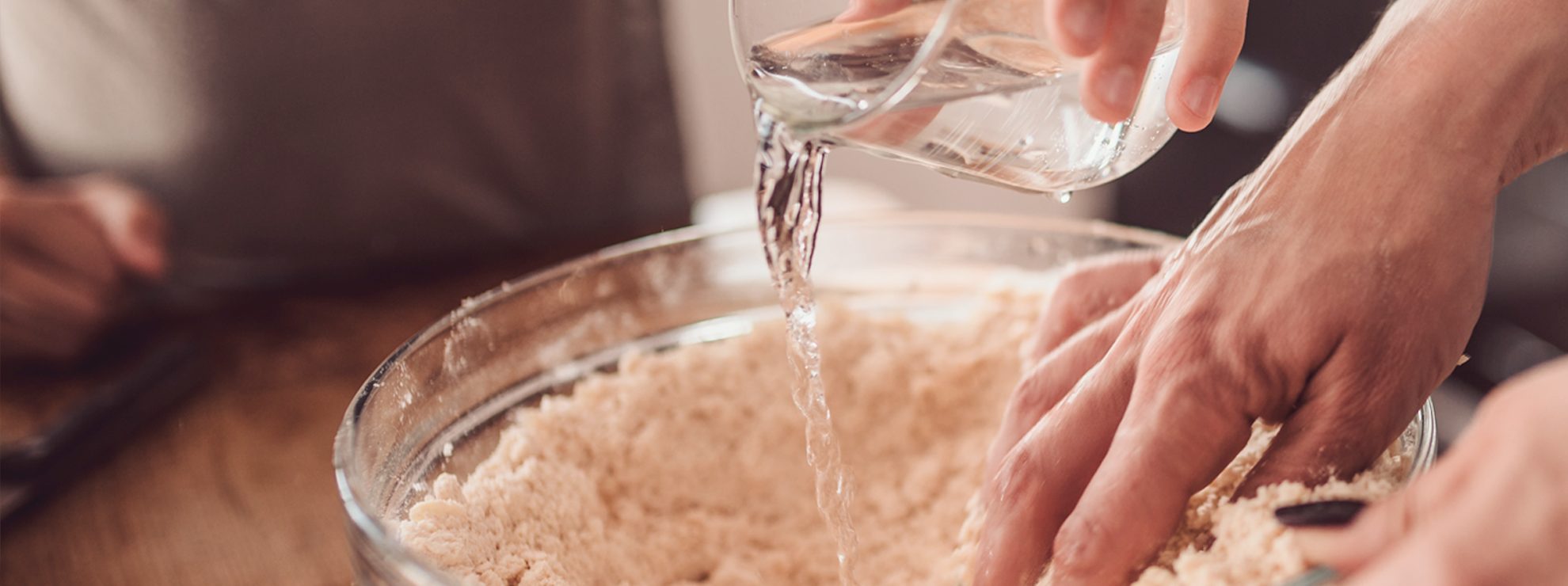Cook Like A Pro: Microwave Cooking – Essential Advice
Even if you have a state-of-the-art oven and stovetop, chances are you’re still using your microwave on a regular basis. It could be to reheat leftovers, precook vegetables, or boil a cup of water. Whatever the case may be, there’s a lot more to microwave cooking than meets the eye. Whether you’re a student with only a microwave on hand, or an adventurous cook who wants to expand your horizons, here are a few essential pointers for you!
;)
If you’ve only used your microwave to reheat leftovers and beverages, then you’re seriously underutilizing this kitchen appliance! You can actually use it to cook meals (mains and side dishes) from scratch! You would first need to know what the power range is for your microwave. It’s usually between 500 W and 2000 W – and the higher the wattage, the more energy is put into cooking, and the faster it will cook your food. While there are a multitude of recipes available online, there are a few special points to consider when using your microwave.
Unless your microwave has additional browning elements, don’t expect small food items to brown. They’re more likely to burn before they get deliciously golden!
Because a microwave cooks food at higher energy levels than your average stove, it’s easy to overcook it. This is the most common mistake new cooks make. So if you are experimenting with your microwave, keep an eye on the timer and don’t overcook your food!

When cooking larger items, remember to turn it halfway through the cooking process to ensure that it cooks evenly.
If your microwave has a defrost setting, it’s important to learn how to use the function properly. When thawing food, you might be tempted to simply stick it in the microwave and cook it in short bursts. But once again, because of the power intensity, it’s easy to cook foods instead of thawing it!
Your microwave heats food by interacting with the water molecules inside. So naturally, when you cook foods with a high water content (like certain vegetables), it will heat much faster than drier food. This explains why your leftovers are often heated unevenly.

Foods on the edge of your plate will heat up the quickest, so when you’re reheating leftover casserole, thin out the food in the middle to help it heat more evenly. If you’re reheating a plate of mixed food, put your moist foods in the middle (these will heat faster), while placing the drier foods on the edge.
Finally, because a microwave cooks food so rapidly, it’s not suited for tougher cuts of meat that require slow cooking.
;Resize,width=767;)

;Resize,width=712;)

